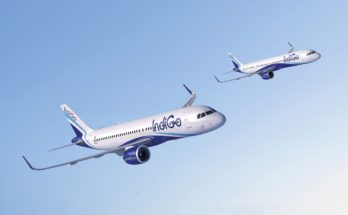
Since the retirement of the Space Shuttle in 2011, Astronauts and Cosmonauts have been utilizing Russian Soyuz launch vehicles and spacecraft to get to the International Space Station (ISS). Over these past nine years, the United States, through NASA and the Commercial Crew Program, has looked to commercial companies to ferry crews to and from the ISS. The last two remaining companies are Boeing and SpaceX (Sierra Nevada Corporation is still developing Dream Chaser for cargo missions), both of which have launched uncrewed missions.
The May 30, 2020, Demo-2 mission featured a SpaceX Falcon 9 launch vehicle and a crewed SpaceX Dragon capsule. The Falcon 9 is a two-stage launch vehicle powered by liquid oxygen and rocket-grade kerosene. It is designed to launch approximately 23,038 pounds (10,450 kg) to low-Earth orbit (LEO). The Dragon is a conical spacecraft intended to carry cargo and people to the International Space Station (ISS).
The launch marked not only a return of the United States to crewed flights, but also the first time a commercial provider was utilized to perform the mission. Boeing will also provide the same service with their CST-100 Starliner, which launched uncrewed at the end of 2019.
The recent mission marks the end of a long process to restore the United States’ capability to launch to the ISS . NASA’s Commercial Crew Program has had as many as eight commercial participants, which have been narrowed over time. Although the Demo-2 mission has so far been a success, NASA recently purchased a Soyuz seat to help transition to the new commercial launches.
The crewed Dragon has since docked with the ISS. Astronauts Douglas Hurley and Robert Behnken will remain on the station for a duration of time yet to be determined.
Carter Palmer has long held a keen interest in military matters and aviation. As an analyst for Industrial & Marine Turbine Forecast, Carter specializes in examining key gas turbine programs for electrical power generation, mechanical drive, and marine propulsion applications. He is also responsible for updating the reports and analyses within the Space Systems Forecast – Launch Vehicles & Manned Platforms and Space Systems Forecast – Satellites & Spacecraft products.




